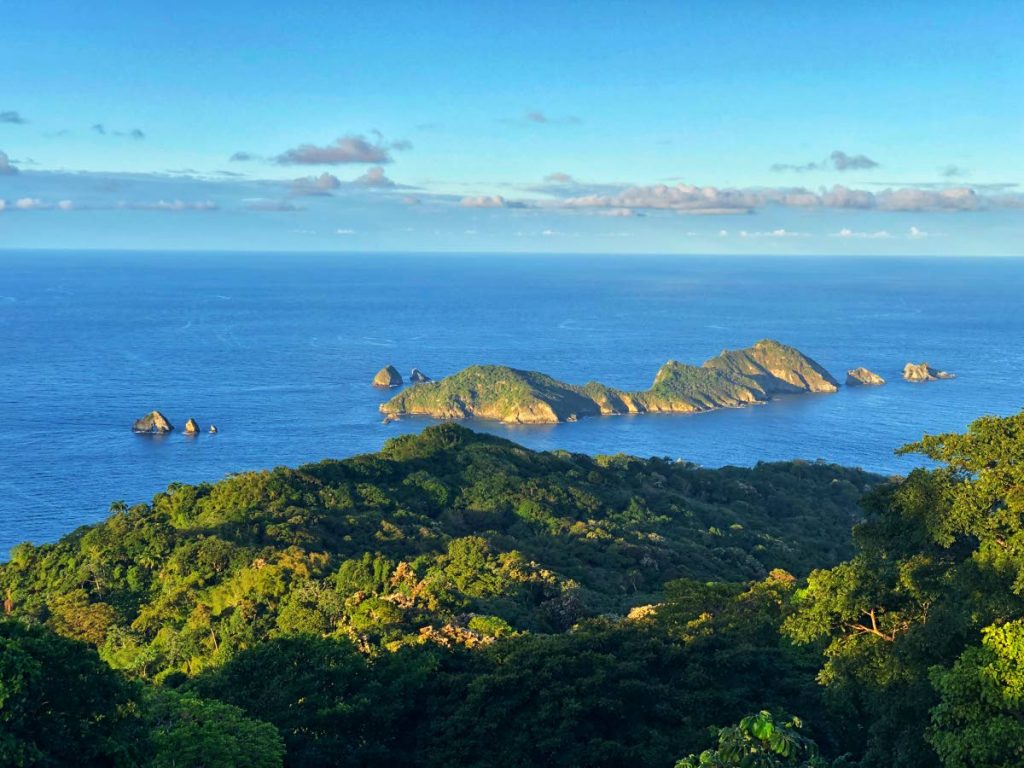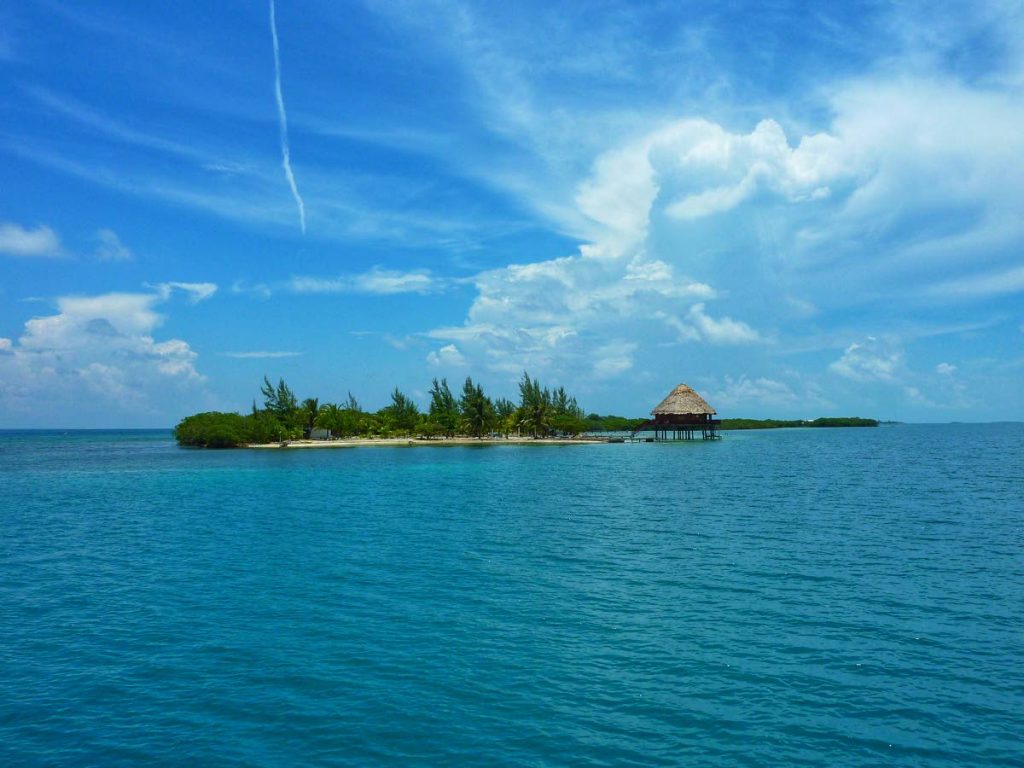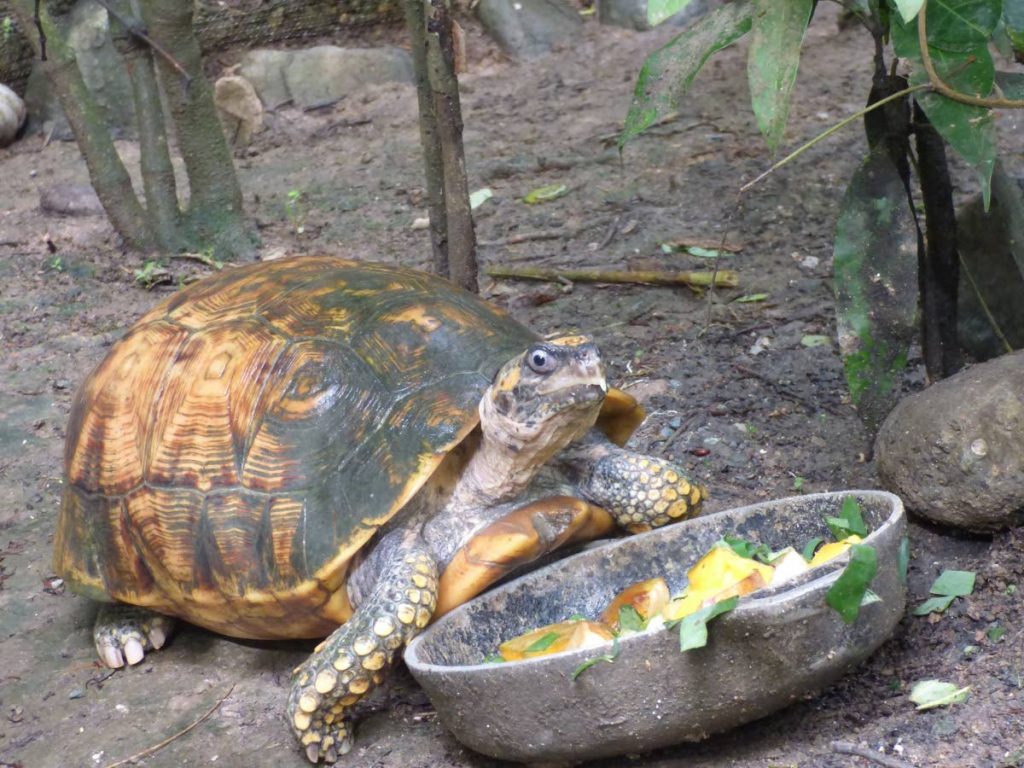Taking care of biodiverse islands

Islands have a special appeal – why else do visitors flock to tropical islands as places of idyll and escape. Islanders must exercise special care of their ecosystems which are fragile. Dr Anjani Ganase explains why islands are more vulnerable; and considers the delicate balance.
The definition of an island is a piece of land surrounded by water. There is an upper limit to how big islands can be; very large land masses, such as Australia, are considered continents. Usually, they are as small as the rocks we observe out at sea. The largest is Greenland, followed by New Guinea. Islands are mostly found in the ocean but can occur in lakes and rivers. The Orinoco River has several islands in its mouth formed by the sediment collected by the river. Consider the high-end New York neighbourhood of Manhattan that sits on an island in the Hudson River?
Islands are found everywhere around the world in all latitudes, but also at different elevations. In South America, there are five islands in Lake Titicaca at 3,000 metres above sea-level in the Andes. The local tribes there built many more artificial floating islands. While islands are home to some of the largest cities in the world, Tokyo, Japan and Jakarta, Indonesia, only the tiniest may be uninhabited. The most remote islands in the world are the Pitcairn islands, an overseas territory of the Great Britain, found in the southern Pacific. It has a population of 49 and the closest major land mass is New Zealand over 3,000 miles to its west. In the southern Atlantic, Tristan da Cunha, another remote overseas territory of Great Britain, indicates how far the reach of empire extended.

There are six major island types. The one we’re most familiar are continental islands, islands that sit offshore to continents but still located on the continental shelf. Trinidad and Tobago sits on the South American continental shelf with Tobago’s north east closest to the shelf’s edge. Coral islands are created from the growth of coral skeletons during the formation of coral reefs. Changes in sea level results in the exposure of the reef to form an island. Countries that are coral islands in the Caribbean include Bahamas and Turks and Caicos. Oceanic islands are islands born from submerged volcanoes that eventually breach the ocean’s surface. The Lesser Antilles are primarily oceanic islands forming an archipelago were the Caribbean plate meets the North American Plate. There are tidal islands, where erosion separates the island from the mainland and the low terrain between the two is submerged during high tides. Barrier islands lie parallel to the mainland coast and are typically formed because of the gathering of gravel and sediment by nearshore currents to form sand banks, or from sea-level rise that resulted in the formation of islands from sand dunes. Finally, artificial islands are those created by man. The most famous example of these is the palm tree islands of Dubai, but ancient cultures also created artificial islands, such as the Uros islands made up of reeds in Lake Titicaca.
Based on a number of conditions, islands may be very specialised as to what can live and thrive within their boundaries. The field of island ecology is fascinating, as it studies the evolution of the island biology among ecosystems based on physical or ecological barriers or interactions. In general, the diversity of species on islands tends to be lower compared to their mainland counterparts because of the level of isolation. This is because islands have less physical space, and organisms that reach the island are a subset of a larger group that have successfully crossed the water – by wind or waves, flying, floating, or swimming. Upon arrival, the organisms must then survive and establish a population that is able to replace themselves. Over time, they adapt to the native island evolving into different species.
Biodiversity refers to more than the number of species present, but also the functional diversity (the role that the species plays on the island and its interactions with its community), and habitat diversity (physical, biological, and chemical complexities) of the island. Eventually speciation (the creation of new species) occurs within and among island populations because of such diversity. Island evolutionary adaptions are easy to identify owing to the confinement of the island setting. For example, Charles Darwin observed variation in the size and shape of the beak of Galapagos finches – driven by competition – across different islands of the Galapagos. The birds exhibited traits for survival because of adaption. Most finches were also distinct from the finches of the South American continent and can be considered endemic (restricted to occurring in specific location).

Island endemism results in a remarkable array of ecological traits that island inhabitants possess through evolution. Some scientists have theorised that gigantism in some organisms were adaptations to island living; for example, the Galapagos turtle and the Komodo dragon. But other scientists think that dwarfism may be more common because of smaller prey and more limited resources, for example smaller rattle snakes or smaller hippos. Even the remains of smaller humans or hobbits found on Flores Island in Indonesia suggest pygmy hominins were selected for on islands. Other evolutionary traits of islands include changes in behaviour, such as loss of defences in the absence of predators, or flightless behaviour when dispersion is unsuccessful. The higher potential for evolution together with the species, habitat and functional diversity may be why islands are considered biodiversity hot spots.
The vulnerability of islands
Considering the natural vulnerability of island ecosystems where disturbance events can permanently shift the ecological landscape, the impacts of human activity can be devastating. Humans modify their surroundings rather adapt to them. In the age of humans, we have been the main vectors for biodiversity loss on islands and most extinctions have occurred on islands. From first settlement, human disturbances range from direct exploitation from foraging to urban development and agriculture. Today, disease and invasive species because of our trade and travel threaten island wildlife more than any other ecosystem. In the future, climate change may likely devastate islands without even setting a human foot down.
Island biodiversity is extremely vulnerable; their isolation prevents easy or efficient recovery. Climate change has the potential to wipe out whole ecosystems with more severe hurricanes or droughts. Strategies to combat this include basic protection of sensitive areas, as well as building resilience by developing mitigation strategies for maintaining local species stock and habitat rehabilitation plans. As most island economies and livelihoods are heavily based on the ecosystems lived in, the need for preservation and building ecological resilience are high. On average island nations protect about 23 per cent of their ecosystems. TT may seem to have a better record with just over 30 per cent of our land mass under state protection. But, at every moment, this is threatened by encroaching human development, quarrying, waste water discharges, road building, agricultural clearing. And unless there is a conscious plan and management and enforcement, our ecosystems are perilously close to being wiped out by clearing roadways, housing developments and “progress.”
Now, what if such a plan does exist? What will it take to enact it?


Comments
"Taking care of biodiverse islands"